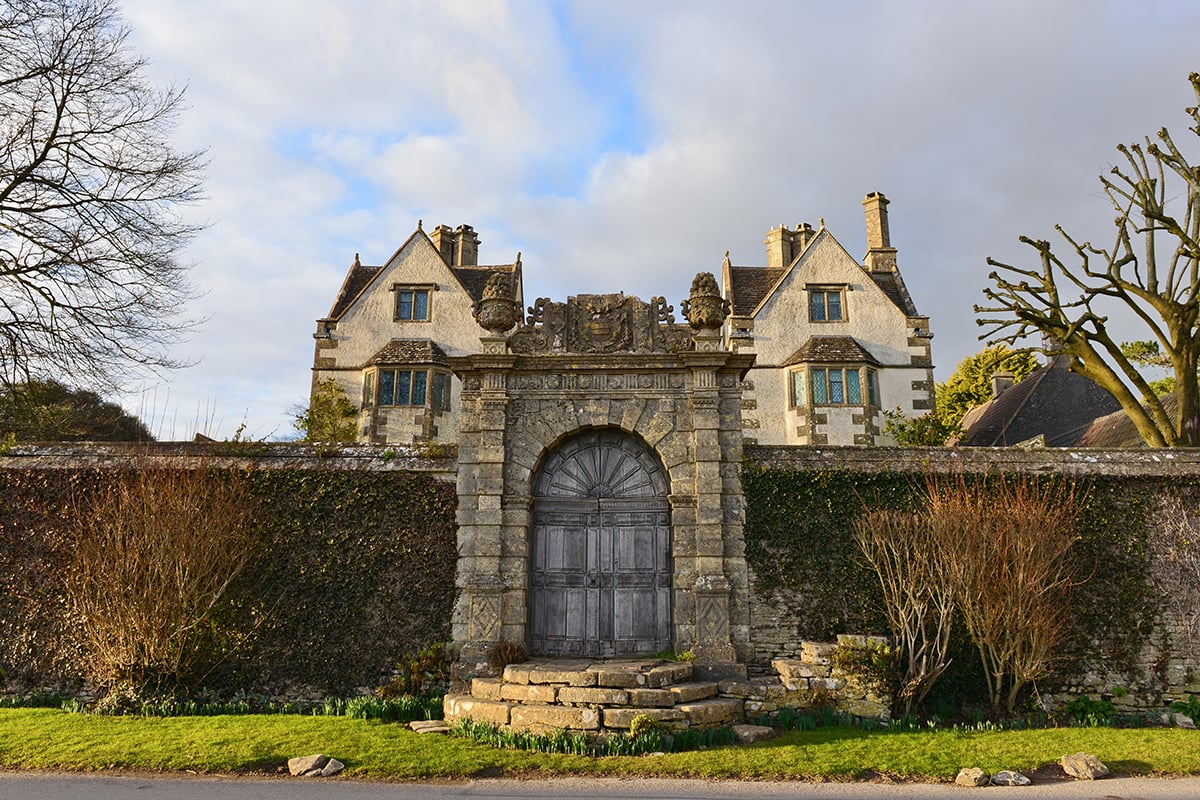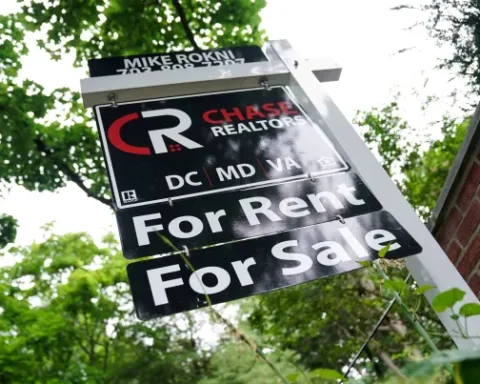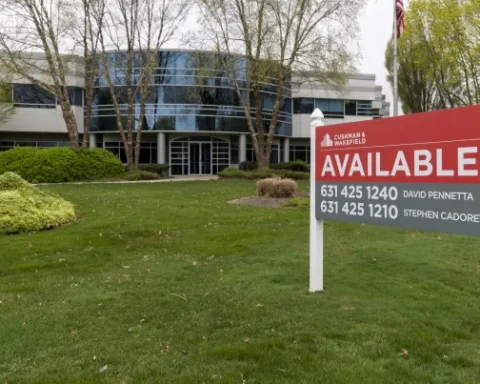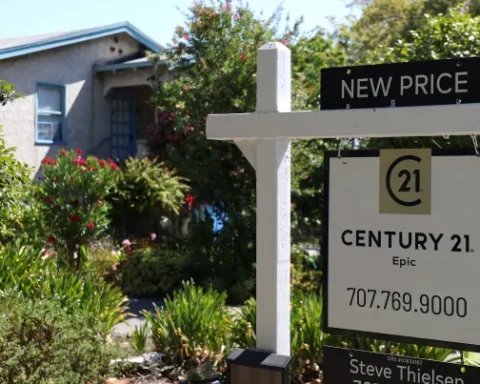London’s infamous “Billionaire’s Row,” The Bishops Avenue, has long been a paradoxical symbol of luxury and neglect. Amidst its decaying mansions, a new vision has emerged from Britain’s leading architects, proposing a transformative solution to the city’s housing crisis. Fresh from their Stirling prize victory, award-winning firm Mae has put forward a blueprint for creating up to 300 affordable homes on this prestigious street.
Despite its moniker, derelict properties have marred this stretch in north London for decades. This contradiction has spurred a revolutionary design that could see the avenue reborn as a community hub offering much-needed housing. The plans challenge current issues of high land values, offshore ownership, and weak planning powers that exacerbate England’s housing shortage.
“Too often social housing is squeezed onto poor sites… there are a lot more attractive places we should be building, like this,” says Alex Ely, director of Mae. With more than 1.2 million households in England on the social housing waiting list and a sharp rise in unoccupied homes, the initiative is not just timely; it’s vital.
The current situation on Bishops Avenue is a stark reminder of the housing inequality in London. A site that once housed the likes of Gracie Fields and a Saudi royal has been left to crumble, its mansions unoccupied for decades and now in ruins. The proposals by Mae and RCKa suggest not just homes but public spaces and an arts centre – a stark contrast to today’s gated and unwelcoming avenue.
Despite the innovative plans, these designs risk remaining mere aspirations without significant land use reform. The properties’ history, filled with unfulfilled planning applications and decay, underscores the challenges. Councils are calling for stronger powers to address such stagnation, pointing to the success of past decades when government subsidies and compulsory purchase powers led to an upsurge in the construction of new homes.
The potential transformation of Bishops Avenue from a street of deserted mansions to a vibrant, inclusive community represents a beacon of hope in the fight against the housing crisis. Yet, as the derelict mansions are silent witnesses to the complexities of property ownership and urban development, the architects’ designs are a clarion call for policy reform and action. Will the avenue’s future see the dawn of affordable housing, or will it remain a boulevard of broken dreams?







